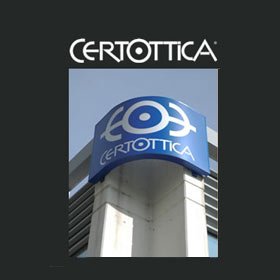
Certottica: continuation of Interreg project
The first Interreg meeting with Tyrol partner Phystech - Coating Technology will take place September 22 at Pflach, Austria, when Certottica and Phystech will formalize the setting up of the Coordination Committee for the ‘Development of non-iridescent decorative coatings’ research project that is part of the Interreg IV Italy-Austria territorial cooperation program 2007-2013.
In addition to the laboratory research that is already underway, certain administrative steps are required, such as the setting up of the Coordination Committee which will manage the partnership and project implementation. Presided over by the Lead Partner, the project Coordination Committee is composed of at least one representative for each participant in the project. The Committee’s tasks are as follows: cross-border monitoring of project implementation with regard to timescales and estimated costs; technical coordination and support; organization of regular cross-border workshops.
The focal point of the project is technology for decorating eyewear or precious and costume jewelry. In theory, it is as simple as that, but in practice it requires complex research because it involves the creation of completely new machinery that will combine the two technologies. In the eyewear and jewelry industry, a galvanic process is normally used to deposit metallic film for decorative coatings, and liquid paint is used for the protective layer - two methods that are costly and far from ‘green’. The aim of the project is, therefore, to lower costs and encourage the use of eco-compatible technologies: the metallic film would be deposited by the Physical Vapor Deposition (PVD) process and the protective layer by the Plasma Enhanced Chemical Vapor Deposition process, two procedures carried out by a single machine, without any intermediate handling of the item.
The research is complicated and there is no lack of problems. Most industries use the galvanic process to deposit metallic film for decorative coatings and liquid paint for the protective layer. The PVD process has been successful for functional treatments, but not for decorative coatings because of limitations with regard to protecting the substrate from corrosion. Whereas the galvanic process increases brightness, PVD faithfully reproduces the substrate, but it is very easily marked by fingerprints – an aspect that is aesthetically negative. Although galvanic metallic film deposition costs are almost the same as PVD, the old technology cannot yet be substituted because of the expertise and high standards that have been achieved.
The project aims to identify a method that will combine PVD techniques to create decorative coatings that meet the aesthetical standards and chemical/mechanical strength required for eyewear frames and for many other articles, lower operating costs, and reduce defects in the finishing process.



